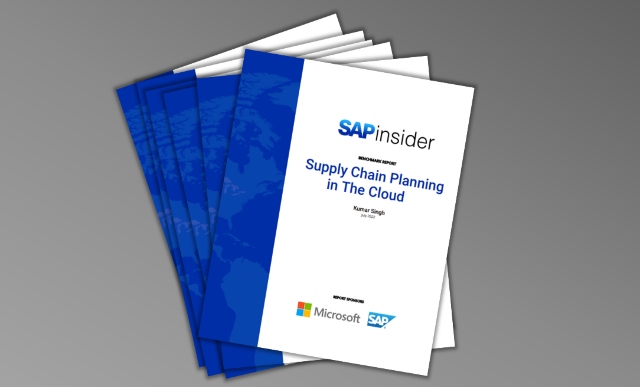Supply Chain Optimization With Planning in the Cloud
Meet the Experts
Key Takeaways
⇨ Understand what supply chain optimization entails
⇨ Explore the supply chain capabilities that are drivers for an optimal supply chain
⇨ Learn why cloud is an essential component of supply chain planning today
The article discusses the critical role of cloud-based analytics in supply chain optimization across industries.









